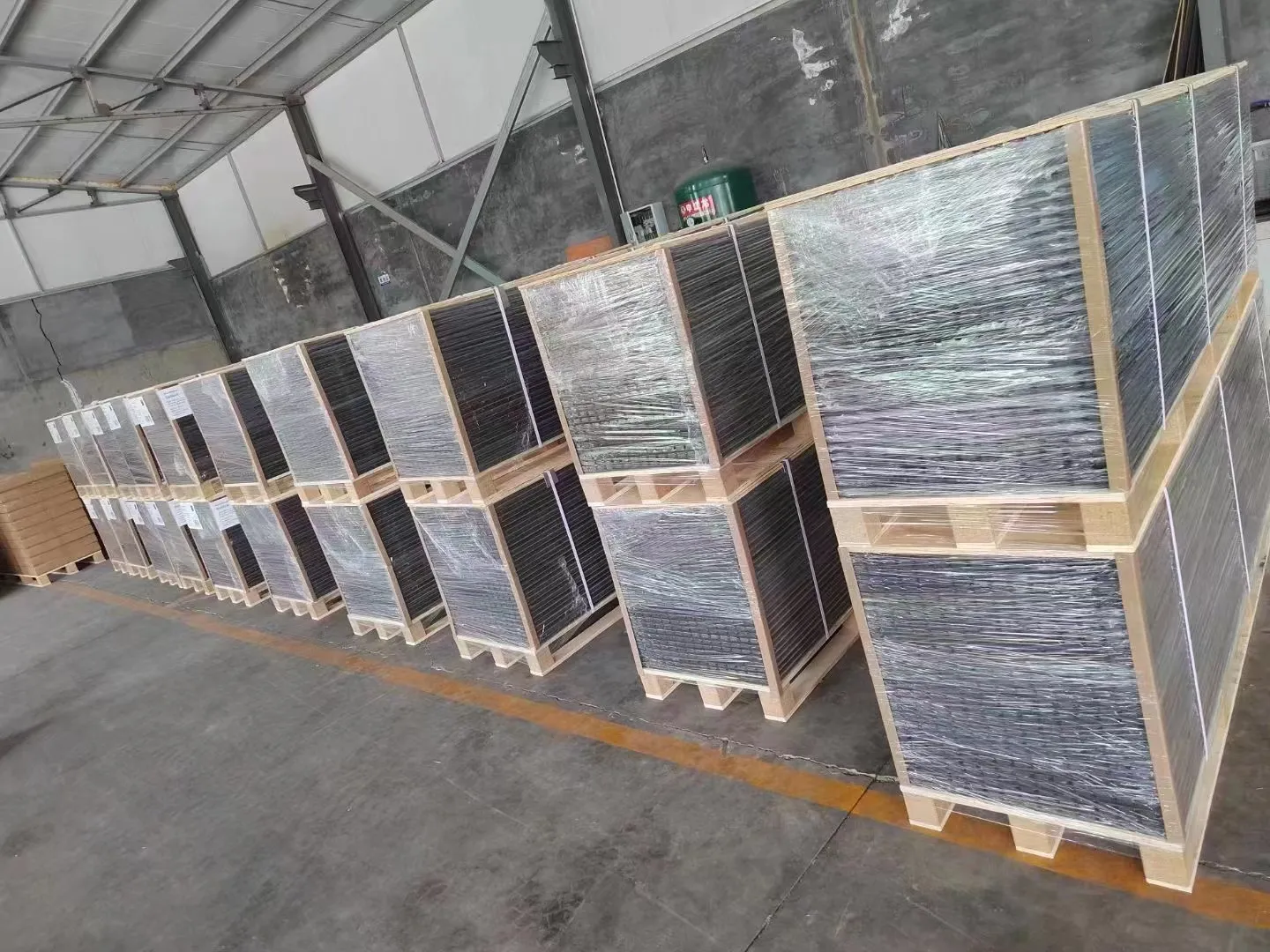How to Build Acoustic Panels
If you're looking to improve the sound quality in your space, building acoustic panels can be a rewarding project. Whether you’re a musician, podcaster, or simply someone who wants to enhance their home theater experience, effective sound absorption can make a significant difference. Here’s a step-by-step guide on how to build your own acoustic panels.
Materials Needed 1. Wood Frame Use 1x4 or 1x3 lumber to create a sturdy frame. 2. Acoustic Foam or Rockwool/Minwool Insulation These materials provide excellent sound absorption. Choose the thickness based on your acoustic needs. 3. Fabric Select a breathable fabric that complements your decor. Avoid heavy materials that won't allow sound to pass through. 4. Staples or Wood Glue For securing the fabric to the frame. 5. Spray Adhesive (optional) For better adhesion of insulation material to the panel frame. 6. Tools You'll need a saw, a staple gun, a measuring tape, and a drill for this project.
Step-by-Step Instructions
1. Measure and Cut the Wood Determine the size of your panels based on the area you want to cover. Cut the lumber to create a rectangle or square frame.
2. Assemble the Frame Use screws or wood glue to join the corners of the frame securely. Ensure that it is sturdy enough to hold the insulation.
how to build acoustic panels

3. Prepare the Insulation Cut your acoustic foam or insulation material to fit snugly inside the frame. If using rockwool or mineral wool, wear gloves and a mask to protect yourself from fibers.
4. Insert the Insulation Place the insulation material into the frame. If necessary, use spray adhesive to keep it in place.
5. Wrap the Frame with Fabric Lay the fabric face down on a flat surface, place the frame with insulation on top, and pull the fabric over the edges. Use a staple gun to secure the fabric to the back of the frame, ensuring it is tight and smooth.
6. Finish the Edges Trim any excess fabric and ensure you have a neat finish on the back of the panel.
7. Mount the Panels Use brackets or picture hangers to mount your acoustic panels on the wall. Position them strategically to maximize sound absorption, especially in corners and directly opposite sound sources.
Building acoustic panels is a straightforward DIY project that can drastically improve the sound quality of any room. With some basic materials and tools, you'll enhance both the audio experience and aesthetic of your space. Happy building!
